Search
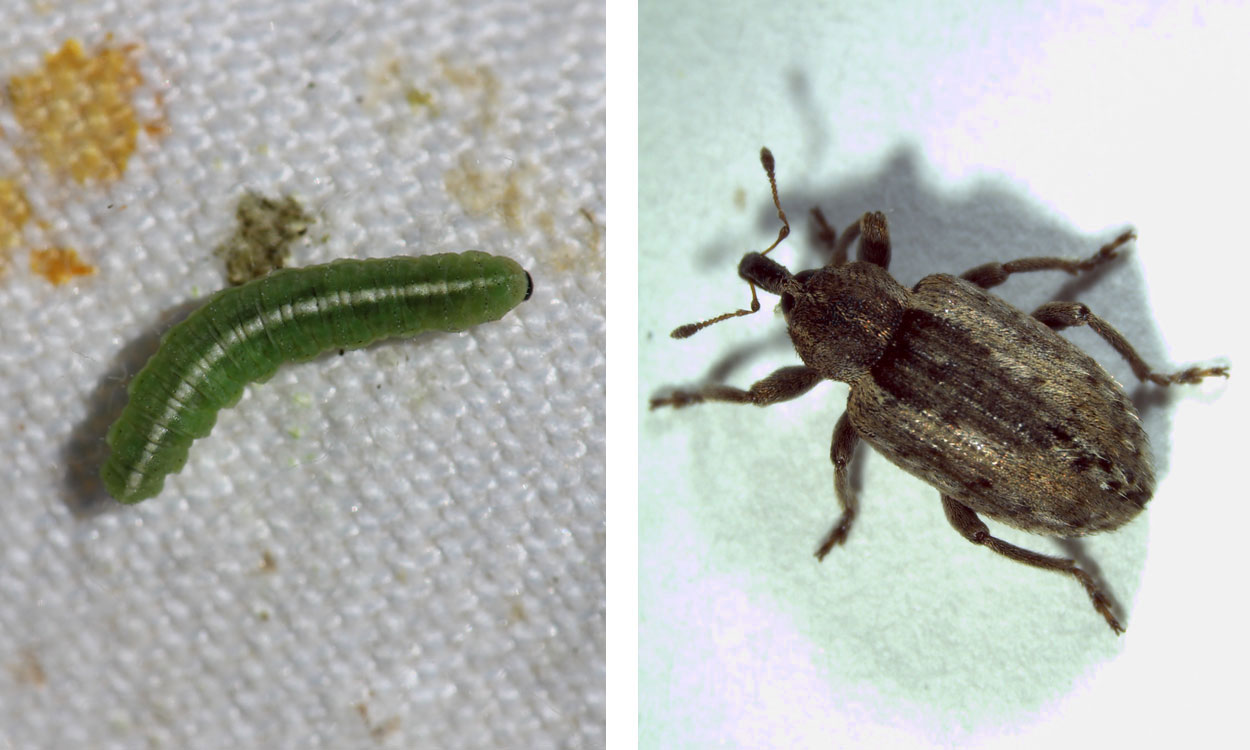
It’s Time To Start Scouting for Alfalfa Weevils in South Dakota
With increasing temperatures, the degree days for alfalfa weevils have steadily increased. The best way to avoid serious alfalfa weevil defoliation is to scout and detect populations early.

It’s Time To Start Scouting for Alfalfa Weevils
This week, alfalfa weevil larvae have been spotted in the fields. Routine scouting is the best method to ensure that alfalfa isn’t heavily defiolated by this pest.
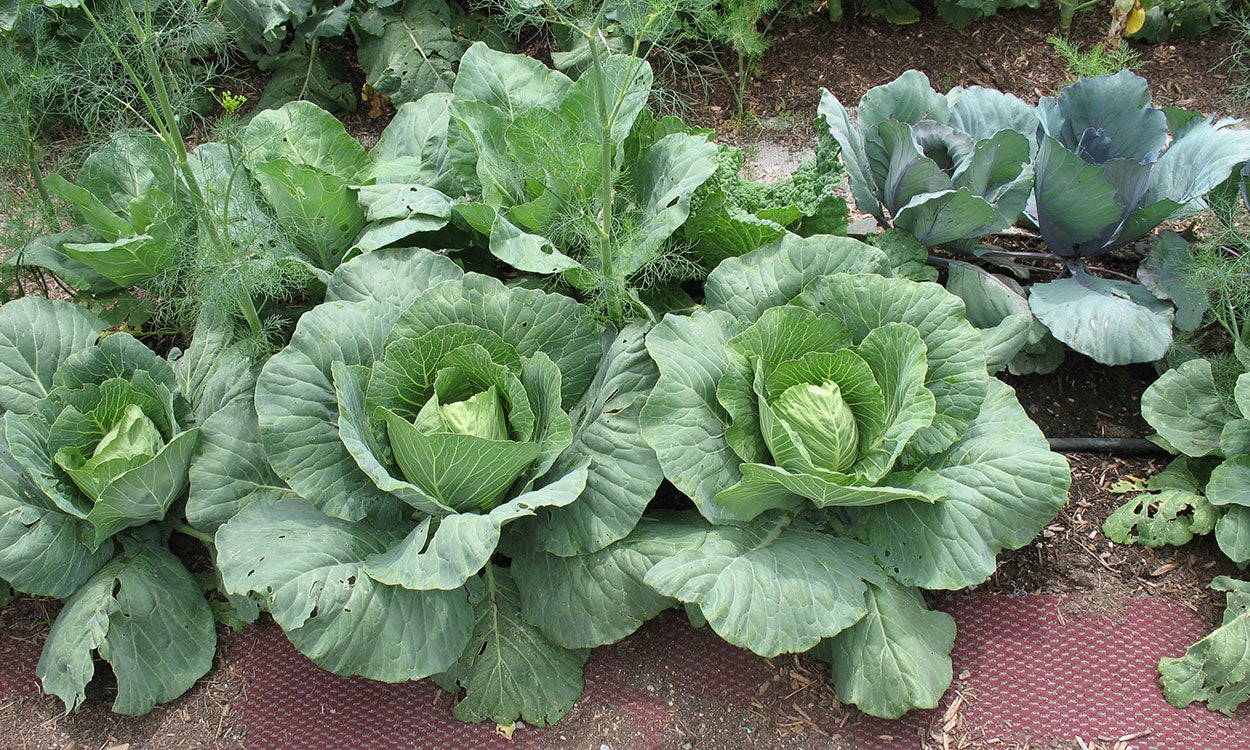
Cabbage: How to Grow It
Cabbages are cool-season crops, very closely related to broccoli, cauliflower, kale, kohlrabi and brussels sprouts.
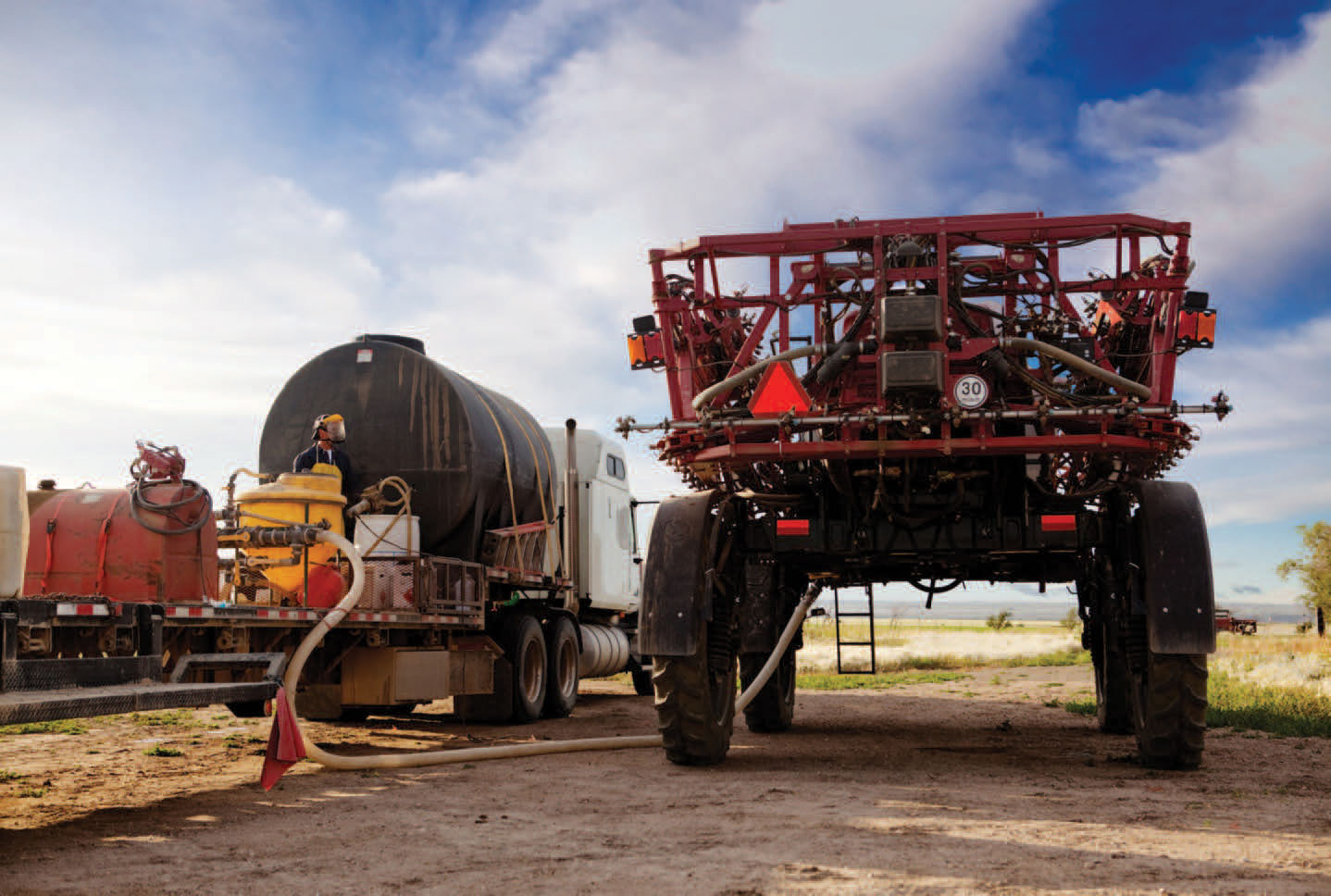
Alternatives to Postemergence Dicamba Applications
Cancellations of three dicamba labels on June 6, 2020 by the U.S. Environmental Protection Agency, left many farmers looking for options for effective weed control this summer.
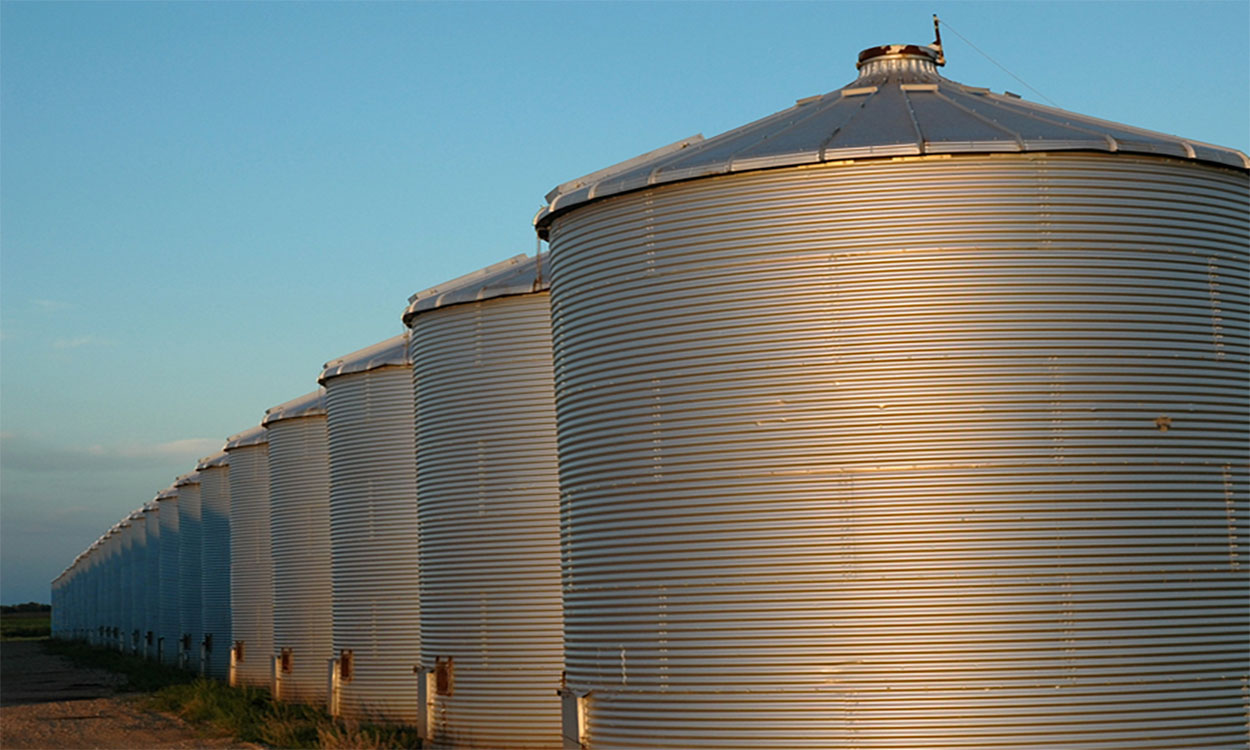
A Few Considerations for Fall and Winter Grain Storage
Proper grain storage during fall and winter is essential to ensuring a successful harvest. Learn some expert tips for managing stored grain pests and maintaining an ideal bin environment for post-harvest grain storage.

Alfalfa Weevils Are Active in Some Parts of South Dakota
Degree day accumulations indicate that alfalfa weevil larvae should be active throughout South Dakota.
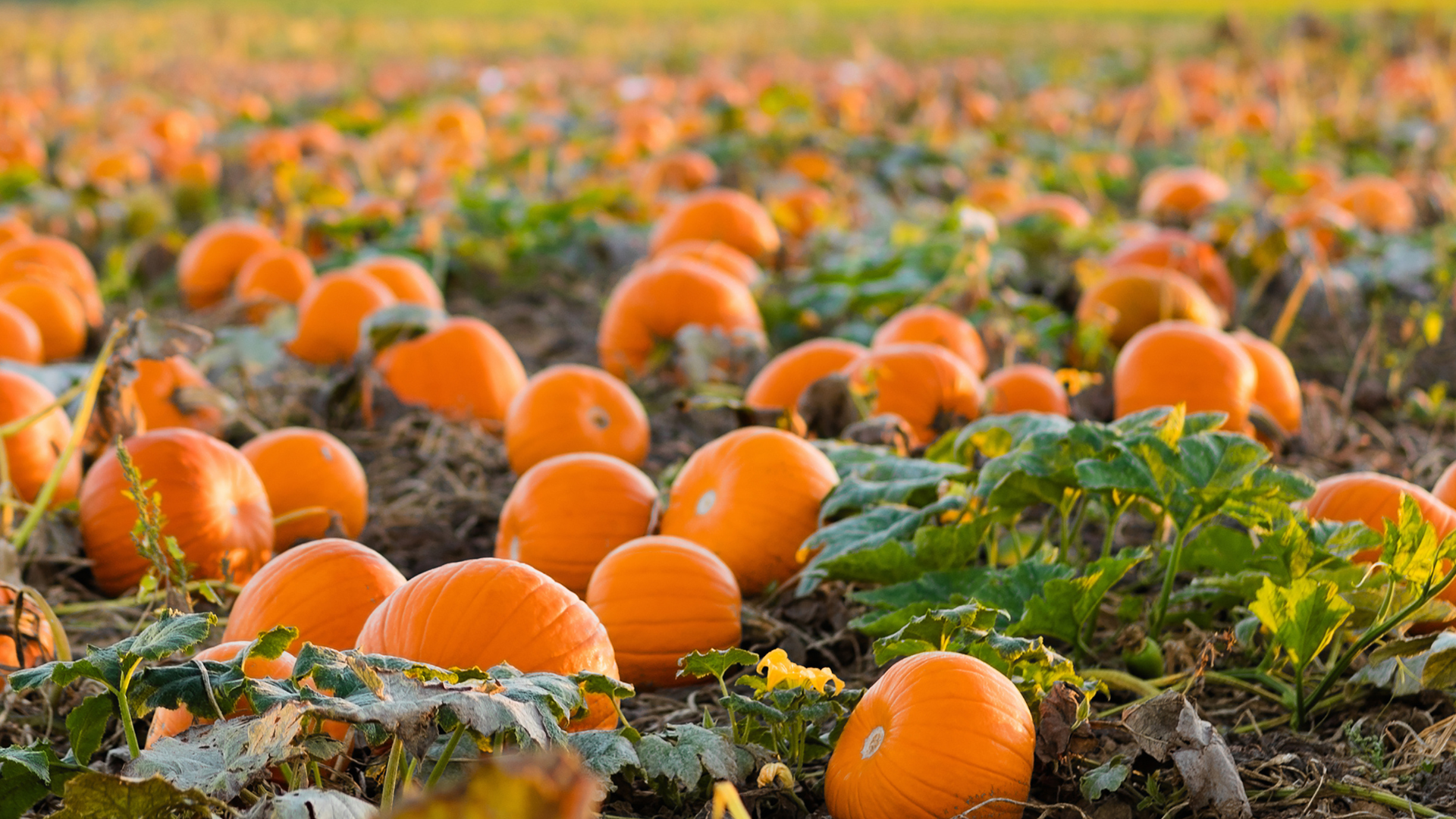
SDSU Extension hosting specialty crop tours near Sturgis, Colton to celebrate 20 years of Annie’s Project
September 01, 2023
To celebrate the 20th anniversary of Annie’s Project, South Dakota State University Extension will host tours of two South Dakota specialty crop growing operations.
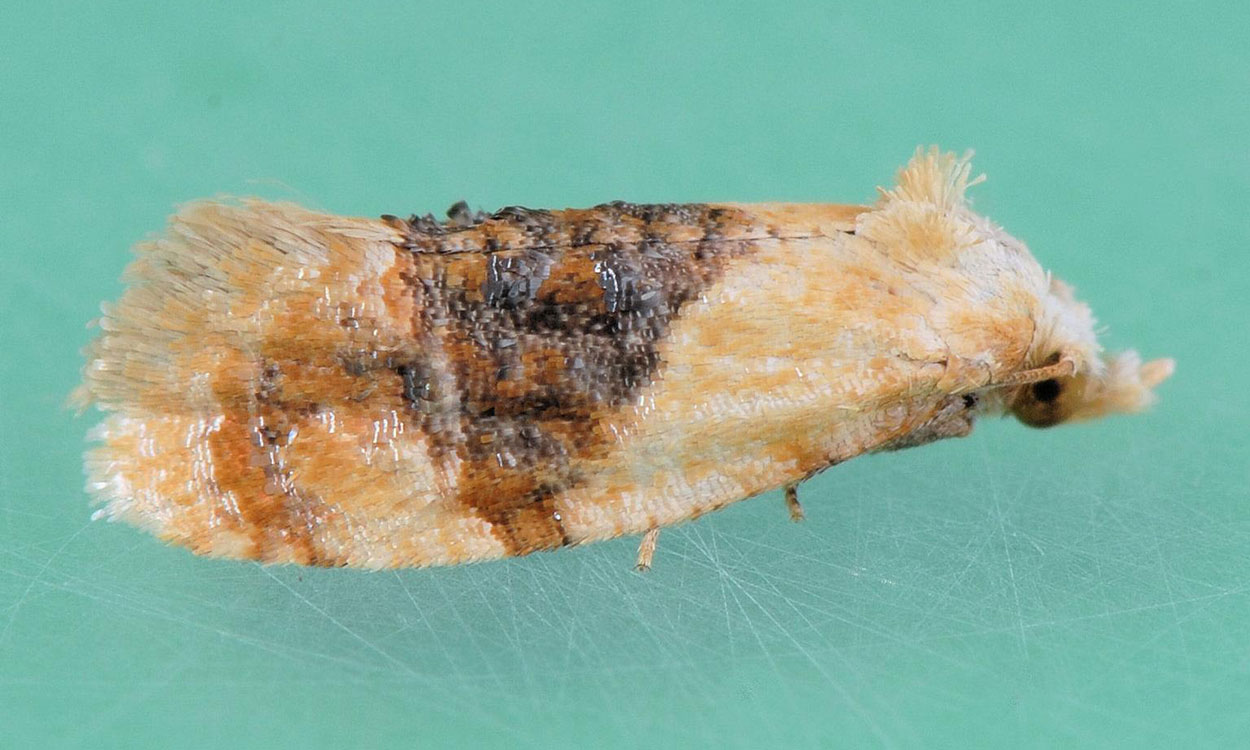
It’s Time To Start Scouting For Banded Sunflower Moths
Sunflowers throughout South Dakota are quickly approaching the R3 growth stage, which means it’s time to start scouting for banded sunflower moths. Banded sunflower moths are capable of reducing yields due to their caterpillars feeding on the bracts, florets and seeds.
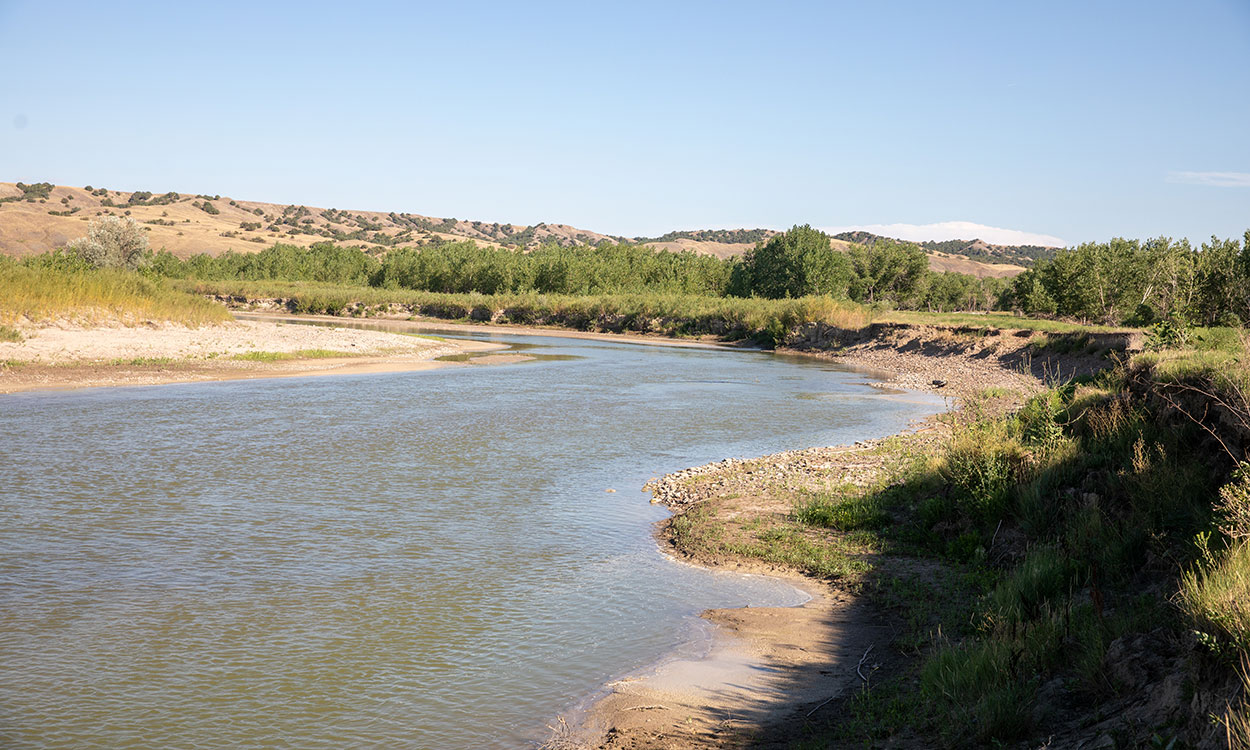
Water Rights in a Time of Drought
During a drought, it is not surprising that the South Dakota Water Rights Program will see an increase in permit applications. In South Dakota, water is considered the property of the people of the state, and depending on your intended water use, a water right permit may be needed.
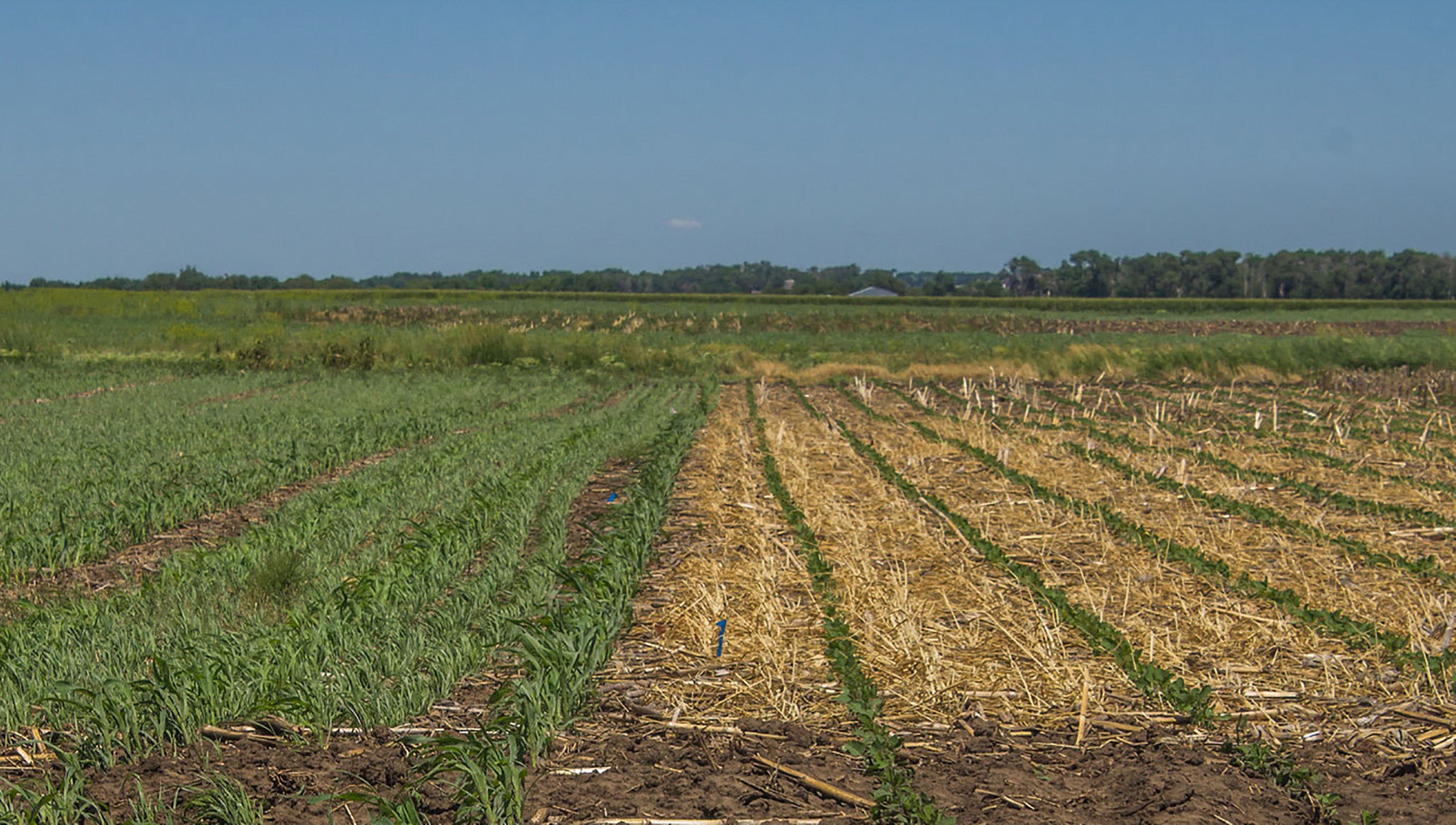
Crop Residue, Cover Crops Impact on Soil Health Parameters
Interest in no-till and cover crops has been on the rise among South Dakota crop producers. In 2019, half of South Dakota crop ground was under no-till management and about 900,000 acres were planted to cover crops.